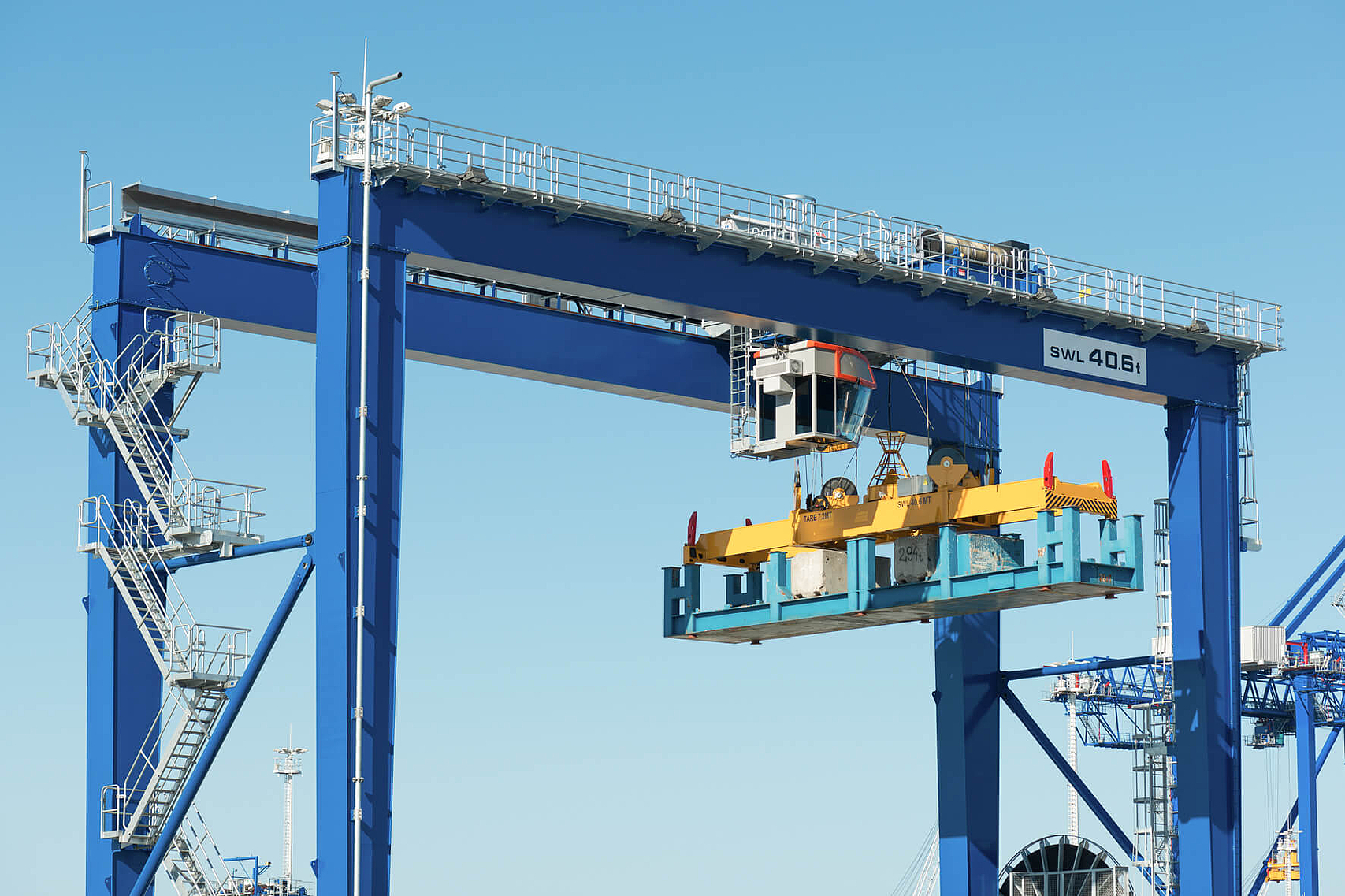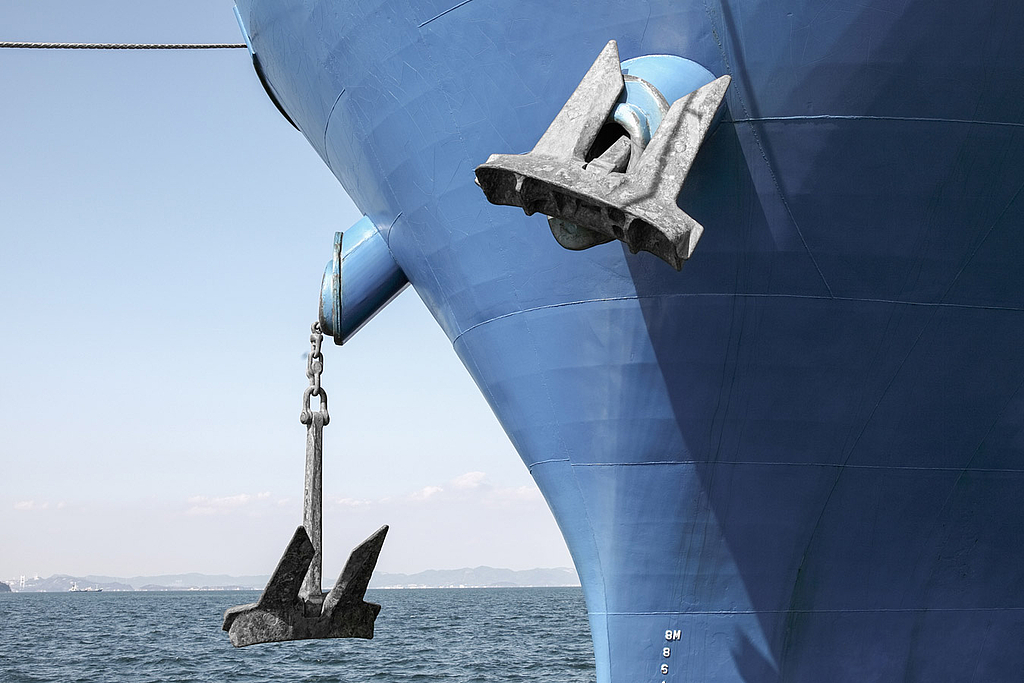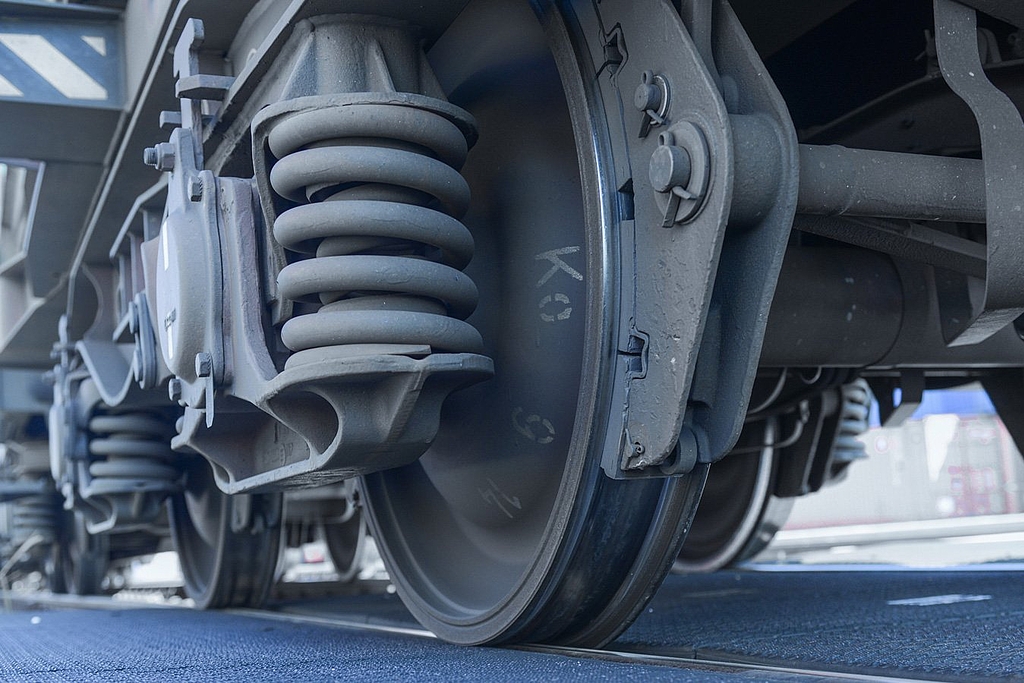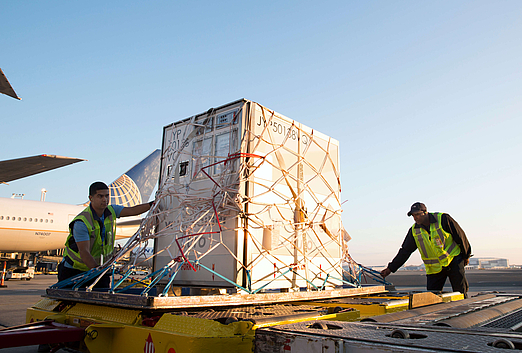No flow of merchandise without loader cranes
What does the bird “crane” have to do with construction cranes?
- Facts
It’s impossible to think of a world today without construction cranes. Whether used in global trade as a tool for loading cargo, or in the construction of buildings or large technical projects – cranes are among the most important mechanical devices in human development. But who invented the crane? What do cranes tell us about society in antiquity and why do some people cry when they see them? Below you can learn fascinating titbits about cranes, their potential as ballet dancers and as landmarks.

















